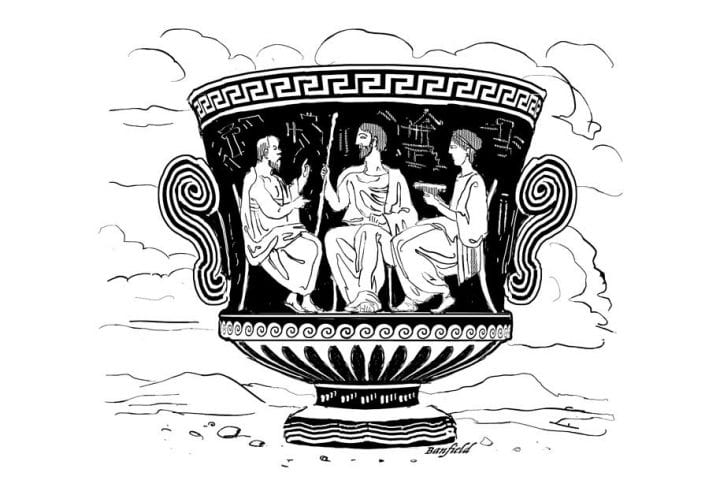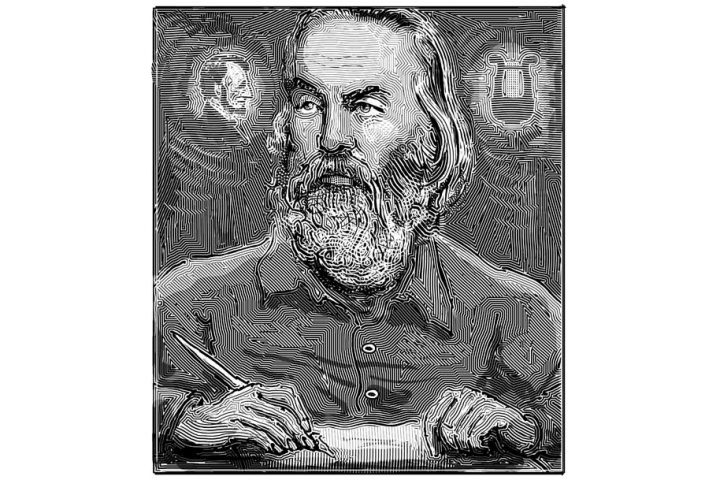They say there’s an app for everything, and doubters should know there are now at least two apps dealing with excrement on the street or sidewalk in San Francisco. The city has its official SF311 “San Francisco at your Service” app, and last year saw the unveiling of the privately developed Snapcrap, which allows you to use your smartphone to snap a photo of the offending specimen and upload it directly to the 311 site. The city’s new five-person “poop patrol” will follow up, presumably, with a smile.
Then there are the maps. At least three maps charting the location of “poop complaints” in the city have been assembled, the latest and best by the resourceful people at the nonprofit Open the Books. Their map shows most of the city covered by brown pindots, each marking a report to the SF Department of Public Works.
The folks at RealtyHop, comparing the complaints in Chicago, New York City, and San Francisco, awarded the palm, or the scoop, or whatever, to the city by the bay as “the doo-doo capital of the U.S.” They noted that the city’s poop reports almost tripled between 2011 and 2017.
The problem draws attention because the poo comes increasingly from…humans. In partial defense of his city, Adam Brinklow (at Curbed SF) explained that the reports submitted to the city didn’t distinguish between human and dog excrement, and that there were 150,000 dogs and fewer than 10,000 homeless people within city limits. But he admitted that homelessness was probably the leading edge of the problem, as also in Los Angeles, where 36,000 people live, and many do their business, on the streets.
In fact, the majority of the nation’s homeless people now call California home, so to speak. There are myriad causes at work, no doubt. But in the 1930s, during the Great Depression, with unemployment peaking at 25%, with “hobos” and vagabonds roaming the highways in search of food, shelter, and above all work, with shanty towns and “Hoovervilles” springing up across the country, there was no “defecation crisis” as there is in today’s prosperous California.
Our homeless population and our grandfathers’ diverge in many ways, of course. The triple scourges of drug abuse, mental illness, and family breakdown have produced anomie and derangements far deeper than those seen in the 1930s, when the widely shared nature of the economic and psychological distress provided its own grim comfort.
* * *
In California, at least, one is struck by the contrast between the fastidious attention paid to the social duty of scooping up and disposing of dog feces, and the rather more paralyzed and guilty reaction to the plague of human feces coming soon to a sidewalk near you. The former is treated as a moral imperative among enlightened persons—and the thin plastic bags used as the means to this moral end have, so far at least, notably escaped the fate of plastic straws, well on their way to being outlawed as an environmental outrage. Even social justice warriors do not consider it their personal duty, however, to tidy up after their fellow human beings on the streets.
Confronted on the sidewalk with a nasty fait accompli, most people are indignant. But the questions they then ask often diverge. Those of a more traditional disposition might wonder, “What is wrong with these people?” Those of a more progressive mindset might exclaim, “Why isn’t there a program to solve this problem?”
Each is sincere, and we will have to try to answer both in order to make things better. But it’s the former inquiry, prepared to make some difficult and unfashionable moral distinctions, that needs our encouragement in deep-blue California. “Homeless” was originally just an adjective. It became a collective noun, denoting the victims of homelessness, only later, under the influence of the 20th century’s confidence that the first step in solving a social problem is to name it. Not all problems are social, however, and few if any social problems can be “solved,” in the strong sense of the term.
Without wishing to return to the Elizabethan Poor Laws, we ought to consider what we lost when the courts discouraged Americans from thinking of “homelessness” in light of the old laws against vagrancy. Under the old understanding, no one had a right to camp out indefinitely on public property, much less to defecate on it. Public property belonged to the public—to all of us—and could not be privatized for the benefit of one or more vagrants, however poor or sick. Though that principle would need to be applied to modern circumstances, it is the indispensable starting point for thinking about the shocking problems of the Golden State.


